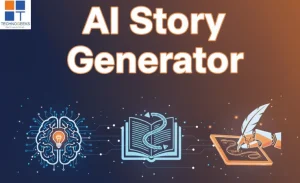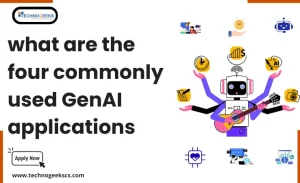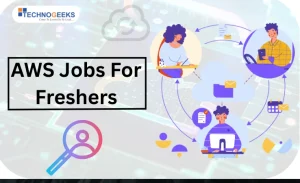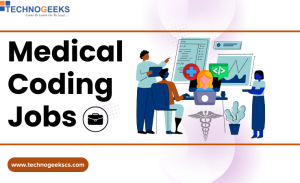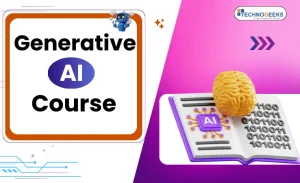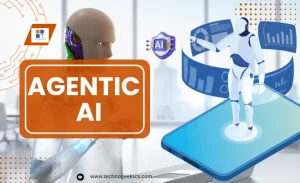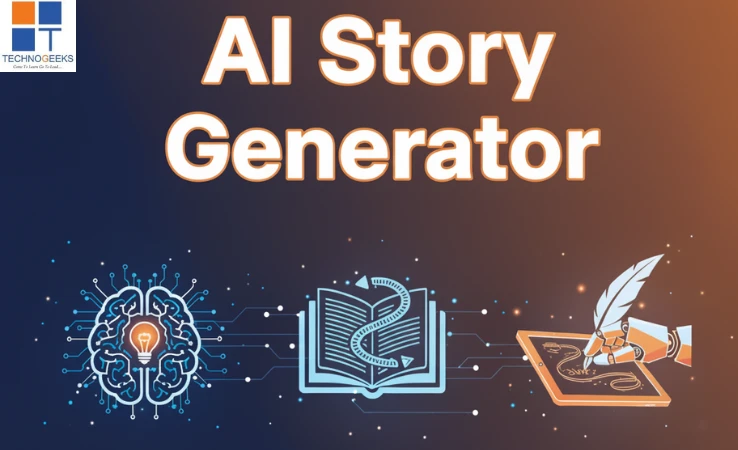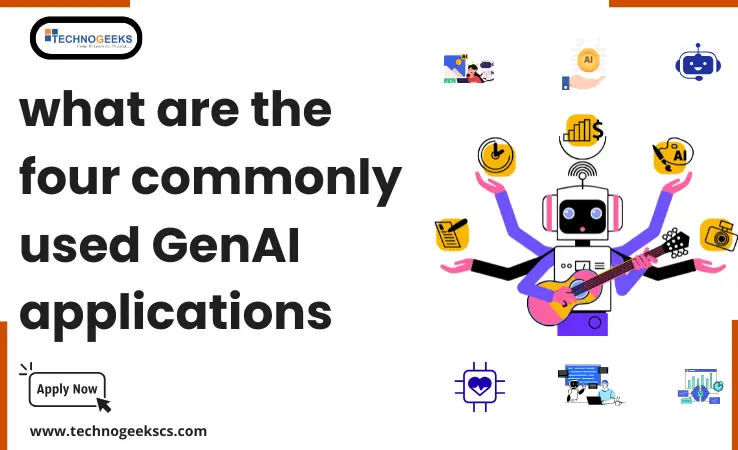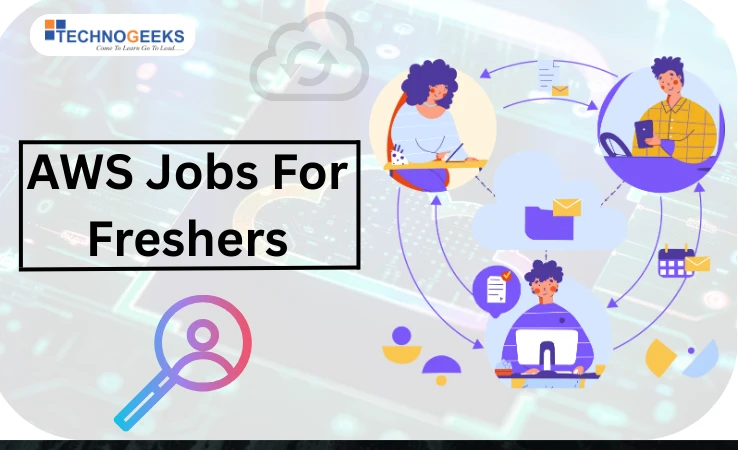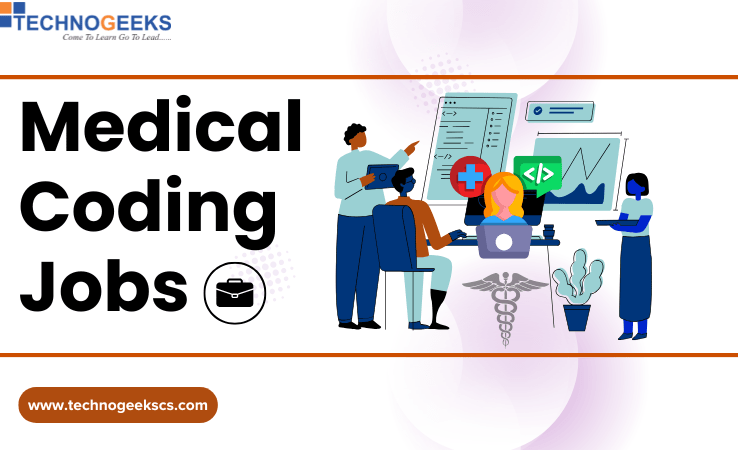Table of Contents
ToggleIntroduction
Cloud computing is a centralized client-server system which offers resources as a pay-per-use service, making them always available. If we look at Grid computing, It is a network of multiple computers that work together to execute tasks whenever necessary. Each computer can function on its own. Organizations use grid computing internally. In this article, we had mentioned in detail about the difference between Grid and Cloud Computing.
Let’s discuss more about the difference between Grid and Cloud Computing
Enroll now and take the first step towards a successful career. Click here to join our Cloud Computing Course today!
What is Grid Computing?
In Grid Computing all the multiple computers in the network work together to solve complex tasks. The complex tasks which are not resolved by one computer, therefore, the organizations use grid computing. Computer Machines in the same network follow the same protocol, helping them to work together as a virtual supercomputer for analyzing large datasets and simulating high-demand situations. Computers in the Grid Computing share resources such as processing power and storage etc.
Grid Computing is one of the forms of distributed computing that forms a virtual supercomputer using machines linked by Ethernet in the distributed system. Grid computing is like parallel computing, it means it is located in different places instead of in one machine.
Advantages of Grid Computing
- Grid Computing makes better use of resources.
- Grid computing helps to process the tasks in parallel manner.
- Grid Computing also gives scalability features.
Disadvantages of Grid Computing
- The software of the grid is still in the developing phase.
- Grid computing is more complex.
- Less Flexibility
- Security challenges
Want to transform a career in AWS Cloud Computing?
Contact Us For Free Career Counseling
What is Cloud Computing?
Cloud computing means using online computer resources, such as storage and processing etc instead of your own devices.
Cloud computing offers services such as servers and storage via the internet, promoting faster innovation, flexible resources etc. For ex- if we are paying the rent for storage space or accessing software online instead of buying and maintaining our own and there is no need to own or manage the physical hardware as you just pay for what you use. Cloud computing helps users to easily access storage and processing power without needing to manage the resources actively.
In large cloud networks, functions are frequently distributed across many data centres. In Cloud computing, resources are shared to improve efficiency and reduce costs by using a “pay-as-you-go” strategy; however, this can also lead to unexpected operational costs.
Cloud computing helps businesses to launch applications fastly.
Cloud computing lets you move your full computer system including both hardware and software, to the internet. It helps to store data and various useful applications on the Internet. We can also give some examples of cloud computing which includes Gmail, Yahoo Mail, and Facebook etc.
Level up your skills in AWS Cloud Computing. Enroll now and become an expert.
Advantages of Cloud Computing
- A key advantage of cloud computing that it is highly scalable
- Cloud computing offers easy access to resources.
- Cloud computing helps in reducing costs.
- You can access all cloud services with the help of internet connectivity.
Disadvantages of Cloud Computing
- Need for Internet Connection
- Problems with Security (Data Protection)
- Cloud computing needs a fast internet connection.
- Users have less authority to access over the infrastructure and configurations.
Read More- Cloud Computing Roadmap
Difference Between Grid and Cloud Computing
Here we Consider some main features points which explain the difference between Grid Computing and Cloud Computing
| Gid Computing | Cloud Computing |
| Grid Computing operates on a distributed architecture. | Cloud Computing is based on client-server architecture. |
| Grid Computing manages resources through a collaborative pattern. | In Cloud Computing, resources are managed centrally. |
| Grid Computing is less flexible than cloud computing | Cloud Computing offers more flexibility than Grid Computing. |
| In grid computing, users don’t have to pay to use it. | In cloud computing, users pay as per usage of services |
| grid computing is less accessible. | Whereas, Cloud computing is highly accessible |
| grid computing has less scalability | Cloud computing is more scalable |
| While the grid is accessible using grid middleware. | Cloud computing can be accessed through web services |
| Grid computing is application-centric. | Cloud computing is service-oriented. |
| Grid computing includes services which are distributed computing and sharing of information. | Cloud computing includes services which are IaaS, PaaS, and SaaS. |
Read More- CPU Virtualization in Cloud Computing
Conclusion
Grid and Cloud Computing both offer scalable, efficient, and cost-effective resources, but they have different architectures, purposes, and delivery methods. Grid Computing uses distributed systems i.e. multiple computers in a network to solve large-scale tasks. It’s important to understand the difference between grid and cloud computing to choose the right solution for your computing needs.
Technogeeks offers one of the best AWS classes in Pune. So, join us today to get proper knowledge & hands on experience that will make you confident enough to crack these interviews!
Contact Us For FREE Career Counseling +91 8600998107/ +91 7028710777




